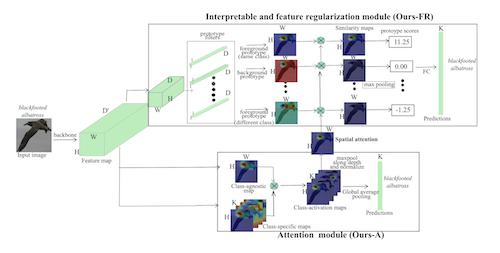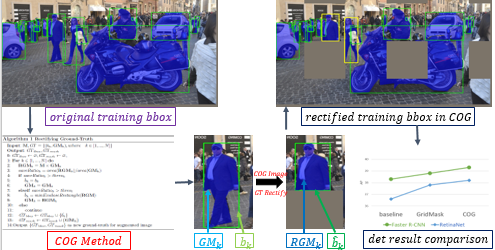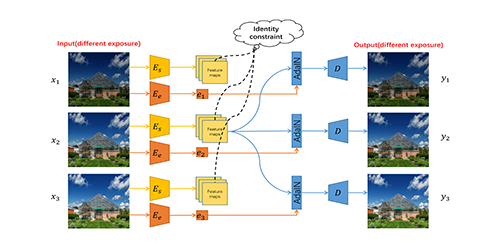Attended-Auxiliary Supervision Representation for Face Anti-spoofing
Son Minh Nguyen (Teikyo University)*, Linh Duy Tran (Teikyo University), Masayuki Arai (Teikyo Univ.)
Keywords: 3D Computer Vision; Face, Pose, Action, and Gesture; Low-level Vision, Image Processing; Recognition: Feature Detection, Indexing, Matching, and Shape Representation; RGBD and Depth Image Processing; Video Analysis and Event Recognition
Abstract:
Recent face anti-spoofing methods have achieved impressive performance in recognizing the subtle discrepancies between live and spoof faces. However, due to directly holistic extraction and the resulting ineffective clues used for the models' perception, the previous methods are still subject to setbacks of not being generalizable to the diversity of presentation attacks. In this paper, we present an attended-auxiliary supervision approach for radical exploitation, which automatically concentrates on the most important regions of the input, that is, those that make significant contributions towards distinguishing the spoof cases from live faces. Through a multi-task learning approach, the proposed network is able to locate the most relevant/attended/highly selective regions more accurately than previous methods, leading to notable improvements in performance. We also suggest that introducing spatial attention mechanisms can greatly enhance our model's perception of the important information, partly intensifying the resilience of our model against diverse types of face anti-spoofing attacks. We carried out extensive experiments on publicly available face anti-spoofing datasets, showing that our approach and hypothesis converge to some extent and demonstrating state-of-the-art performance.
SlidesLive
Similar Papers
Towards Robust Fine-grained Recognition by Maximal Separation of Discriminative Features
Krishna Kanth Nakka (EPFL)*, Mathieu Salzmann (EPFL)

COG: COnsistent data auGmentation for object perception
Zewen He (Casia)*, Rui Wu (Horizon Robotics), Dingqian Zhang (Horizon Robotics)

Over-exposure Correction via Exposure and Scene Information Disentanglement
Yuhui Cao (SECE, Shenzhen Graduate School, Peking University)*, Yurui Ren (Shenzhen Graduate School, Peking University), Thomas H. Li (Advanced Institute of Information Technology, Peking University), Ge Li (SECE, Shenzhen Graduate School, Peking University)
